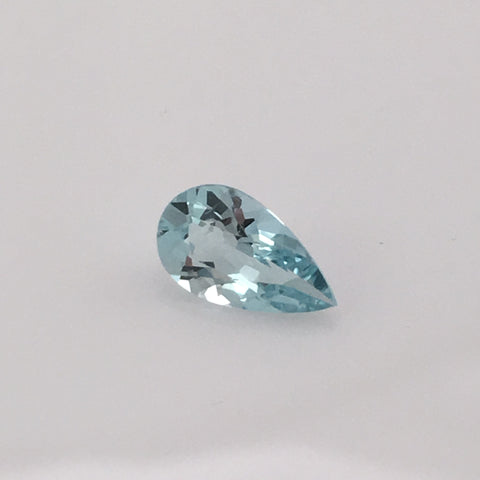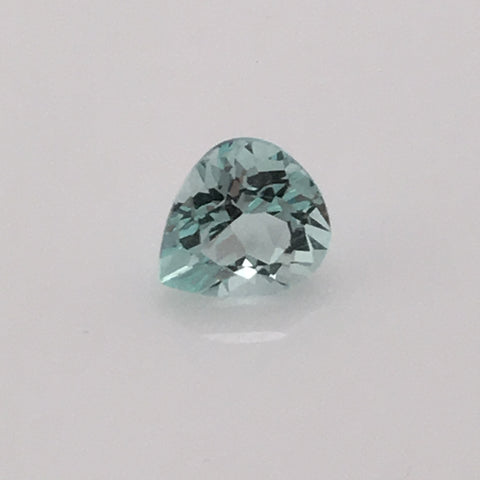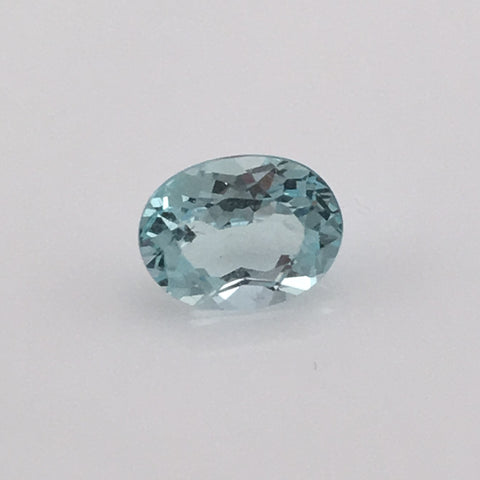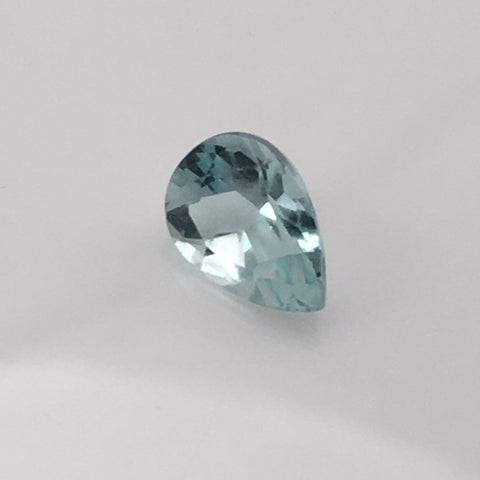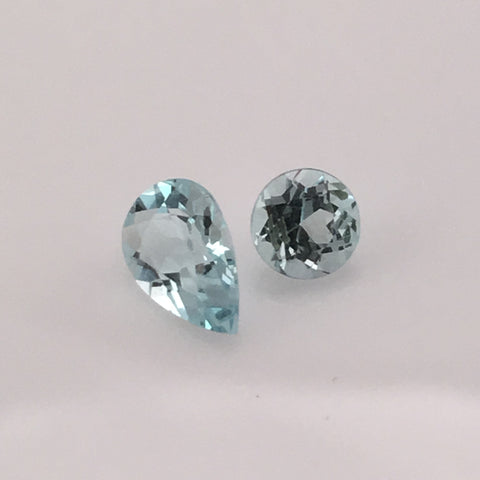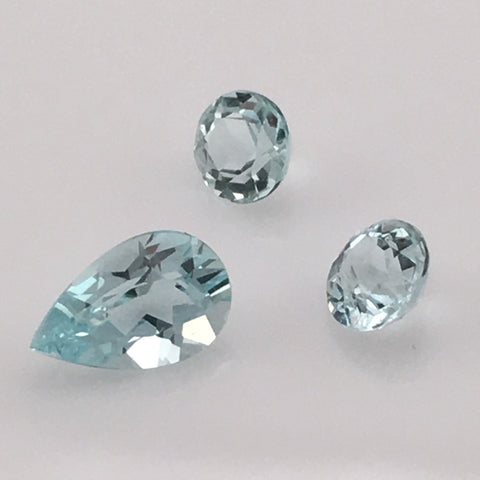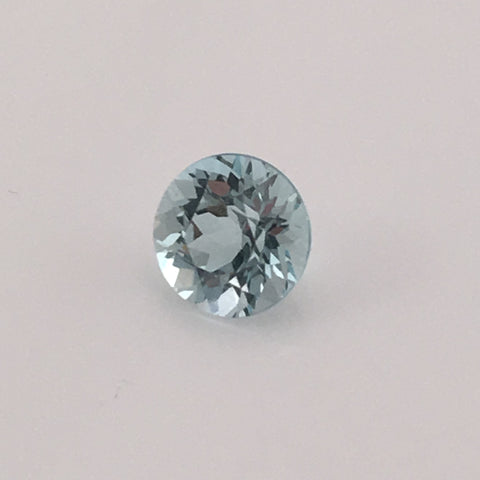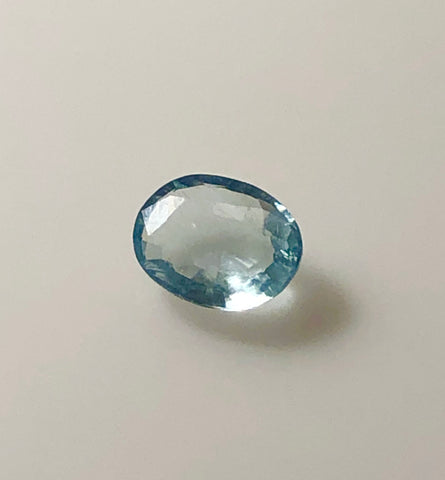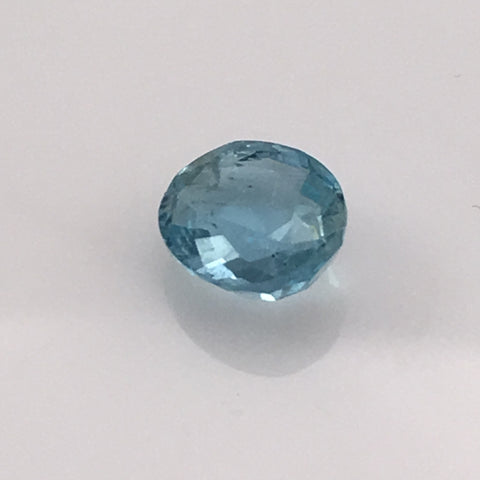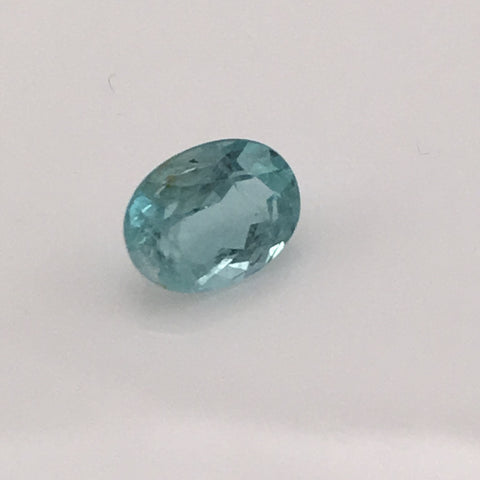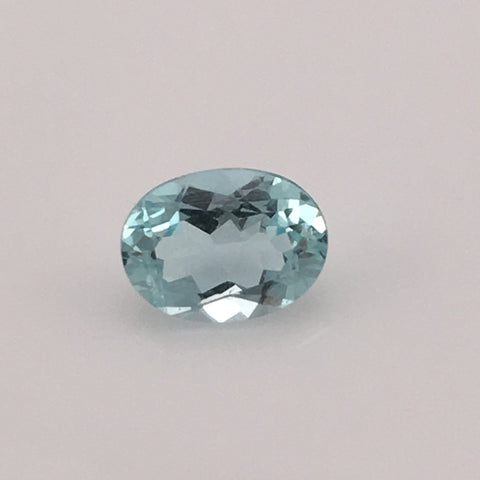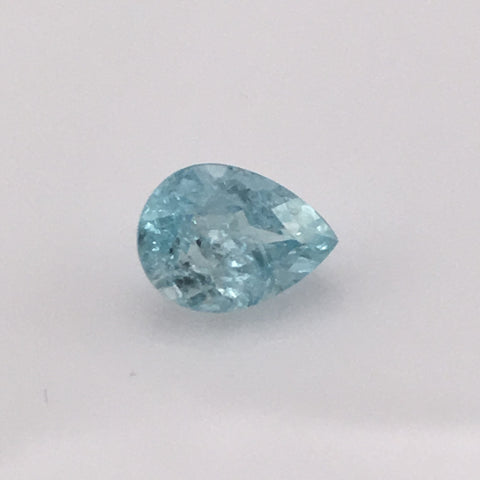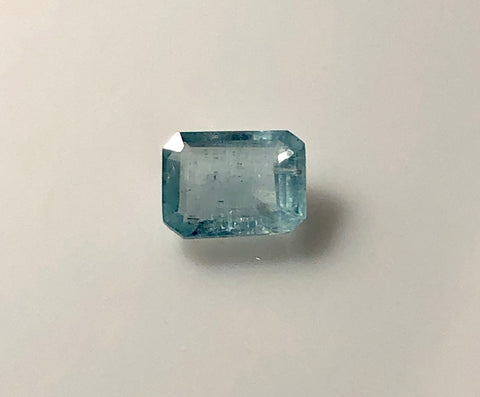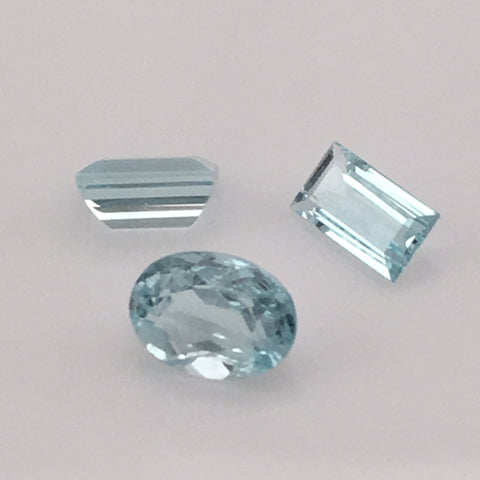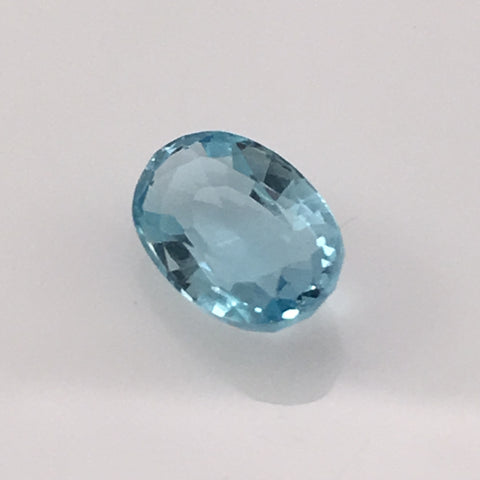Aquamarine
Aquamarine is a blue to green-blue variety of precious beryl. The beryl group of minerals is most famous for chromium-rich, green emerald, which happens to be one of the 'precious four' gems of the world (diamond, sapphire and ruby are the remaining three). Aquamarine is one of the official birthstones for those born in March. Aquamarine is exceptionally hard and has an outstanding vitreous (glass-like) luster. It is most famous for its breathtaking sea-blue colors which can range from light to dark-blue. The name 'aquamarine' was derived from an old Latin expression which meant 'seawater'.
Aquamarine and emerald belong to the same family, but they are surprisingly different. Aquamarine and emerald are both beryllium aluminum silicates. While emerald is colored by trace amounts of chromium (and vanadium), aquamarine color is the result of iron impurities within colorless beryl crystal. Aquamarine and emerald have essentially the same specific gravity and refractive index, but emerald tends to be hazy and full of inclusions, whilst aquamarine has excellent transparency and clarity. Aquamarine, and other types of beryl, are quite durable and hard, ranging from 7.5 to 8 on the Mohs scale of mineral hardness. A dark and deeply saturated blue is the most desirable and valuable aquamarine color.
World-Famous Aquamarine
There have been huge finds of aquamarine weighing several tons that didn't qualify for cutting due to their weak, gray or opaque color. The largest find of gemstone quality aquamarine dates back to 1910 when the "Minas Gerais" mine in Marambaya, Brazil, unearthed a stone of 243 lb (110.5 kg), 18 inches (48.5 cm) long and 15.5 inches in diameter, that was cut into many gemstones with a total weight of more than 100,000 carats.

